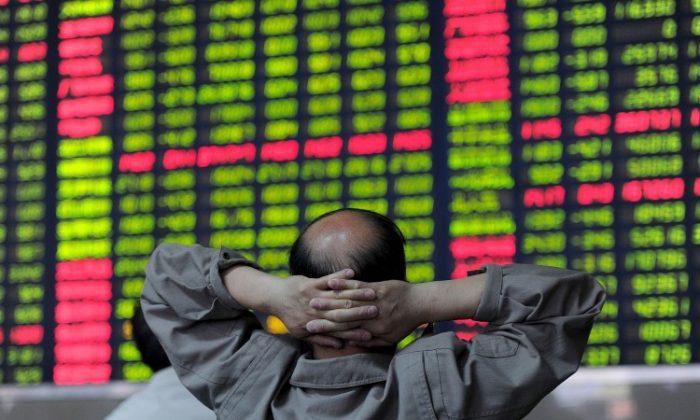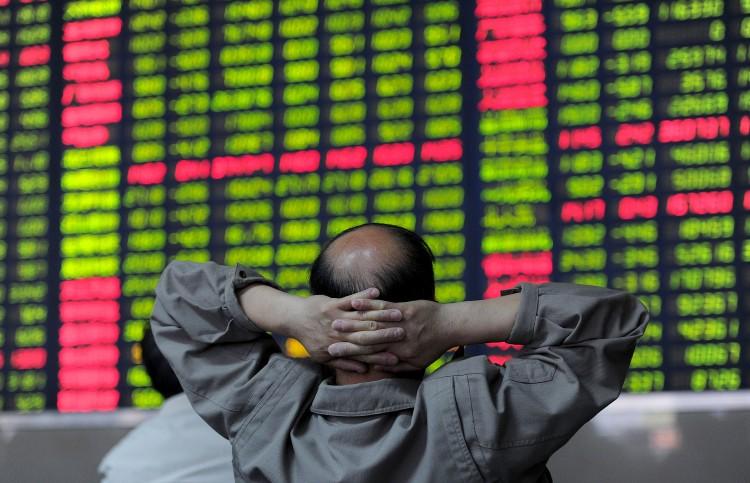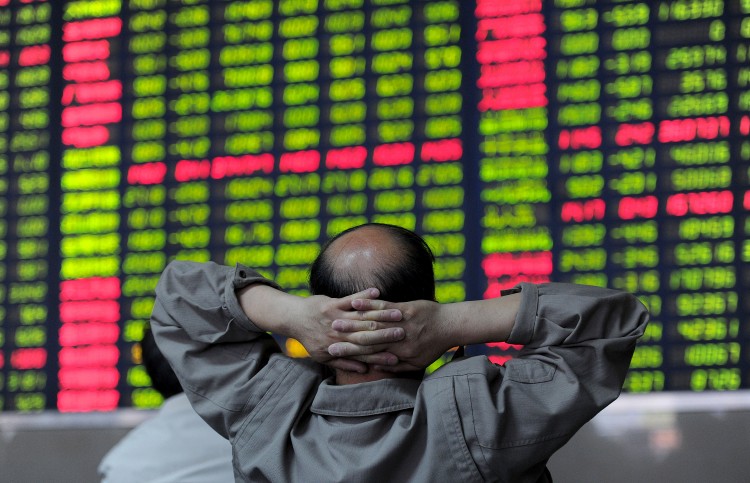Amidst a lot of noise about China’s high-speed economic growth, the Shanghai stock market has returned to where it was ten years ago: On Dec. 29, 2011, Shanghai A Shares closed at 2173.56, which is lower than its highest point of 2245.43 in 2001. Investment costs, inflation, and the manipulation of the market have given investors a raw deal.
Funding State-Owned Companies
The purpose of an IPO (initial public offering) in mature markets in the United States and Europe is to provide funding for successful or promising companies, while rewarding shareholders for their investment.
The stock market in China was established with the aim of obtaining funding for state-owned companies, regardless of their performance or promise. On July 15, 1999, then-premier Zhu Rongji proposed during a meeting on the economy with provincial governors and ministries of state departments, to implement three plans to help state own businesses to get out of difficult financial situations, one of which was to gather funding through IPOs.
IPOs have accounted for the explosive growth over the past decade in the Shanghai exchange’s total market value, although the price of the stock market did not increase.
According to data from Juling Information Technology Co., Ltd. in Shenzhen, there were 1073 listed companies in the Shanghai Index ten years ago with a total market value of US$688.2 billion. Now there are over 2300 companies with a total market value of US$4.2 trillion.
In the past three years, the Shanghai index collected US$146.37 billion through IPOs, 56 percent more than the U.S. stock market and 115 percent more than the Western European markets. Even during the continuous bear market of 2011, there were over 250 IPOs.
ROI Near Zero
In the past ten years, prices inflated greatly in the various commodity markets in China. Take pork for example, its price increased from around 6 yuan/jin ($1.25 dollar/pound) to 16 yuan/jin ($3.34 dollar/pound), an increase of 266 percent. Compared to gold, silver, or crude oil, the Chinese Stock Market has the worst return on investment (ROI).
The international gold price at the New York stock exchange closed at US$272.3/ounce on June 15, 2001. On Dec. 13, 2011, the gold price closed at US$1666.8/ounce; a 10 year increase of 612 percent. Silver increased from US$4.4/ounce on June 15, 2001 to US$31.4/ounce on Dec. 13, 2011, an increase of 714 percent. Crude oil increased from US$28.51/barrel on June 15, 2001 to US$98.2/barrel on Dec. 13, 2011, a 10 year increase of 344 percent.
The net price increase of the Chinese stock market is 0 percent, which means the average nominal profit over the past ten years is 0 percent. When inflation, the stamp tax and other service costs are considered, investors are getting a negative return.
On Dec. 13, an experienced stock investor Mr. Chen told Changjiang Daily reporter, “The Chinese stock market has forced investors to do speculation. The theory of long-term-value gain is always a tragedy for Chinese stock investors.”
Few Dividends
Dividends do not make up for the poor performance of the stock price for the average investor.
According to statistics from the Securities Institutes of Fudan University, from 2005 to 2009, the companies that were able to give out dividends to investors were respectively 45 percent, 50.22 percent, 51.85 percent, 52.35 percent and 48.52 percent of the total listed companies.
In 2010, among 2175 listed companies, there were 117 companies that had a financial loss, but there were 798 companies that did not give out dividends on stocks. Additionally, as of the end of 2010, there are more than 414 companies that have been listed for more than 5 years and have not given out any dividends, including 136 companies with a profit.
According to an Economic Information Daily report in September, there are cumulative cash dividends of US$284 billion (after the dividends tax) in A Shares in the 21 years from 1990 to 2011. The average individual investor doesn’t hold many of the A shares. According to industry estimates, the cash dividends received by normal individual investors should not be more than US$85 billion. But the stamp duty and trading commissions that were paid by individual investors were more than US$158 billion in these 21 years according to China Security Regulatory Commission (CSRC).
The dividends were not enough to cover the cost of trading stock.
Market Manipulation
On Dec. 9, CSRC reported the biggest-ever stock market manipulation case. This case involves a transaction amount totaling US$9 trillion, 552 stocks, 8 investment consulting companies, 9 security-related TV programs, 10 stock investment houses, and more than 30 stock analysts.
According to a Shanghai Securities News report, the former president of the financial securities firm Guangdong Zhonghengxin opened 112 bank accounts and 145 securities accounts at 44 securities companies in the name of more than 70 individuals, and mobilized more than US$315 million to buy pre-selected stocks.
Afterwards, the firm contacted stock investment companies and more than 30 stock analysts, recorded programs recommending pre-selected stocks, and bought time slots to air the programs on TV. After the broadcast of the TV programs, dealers sold the pre-selected stocks quickly to make a profit.
An analyst from China Merchants Securities who prefers to remain anonymous told The Epoch Times that this situation is not rare; there are even more funds and bigger teams involved in manipulating the stock market in China.
Read the original Chinese article.




Friends Read Free